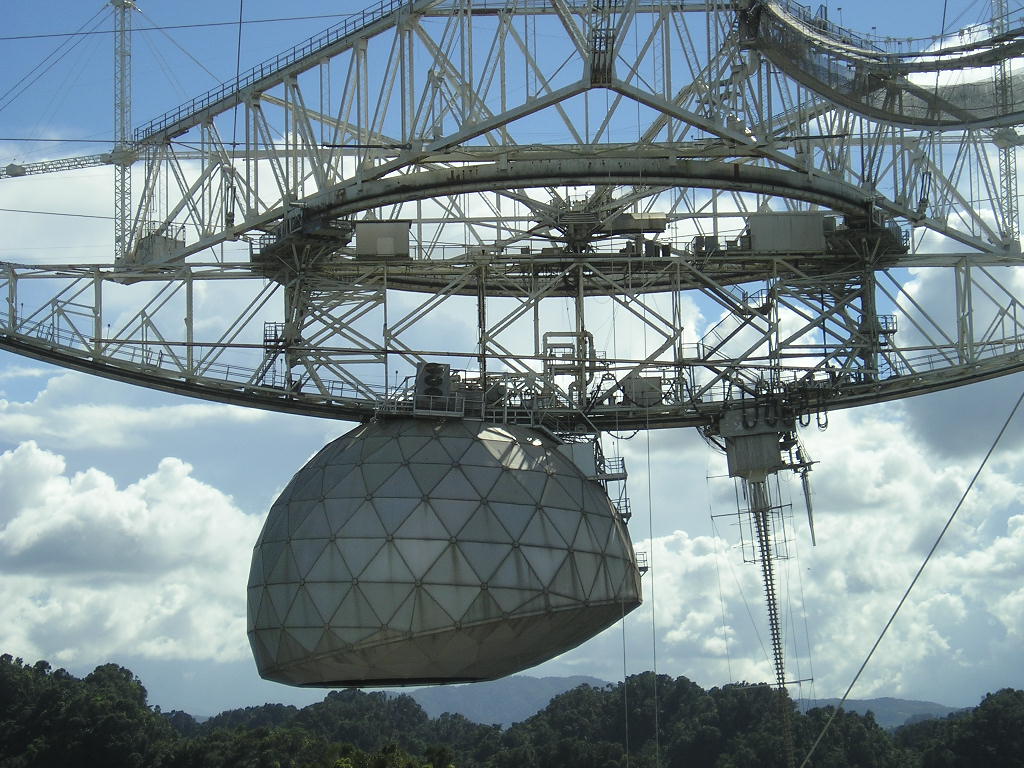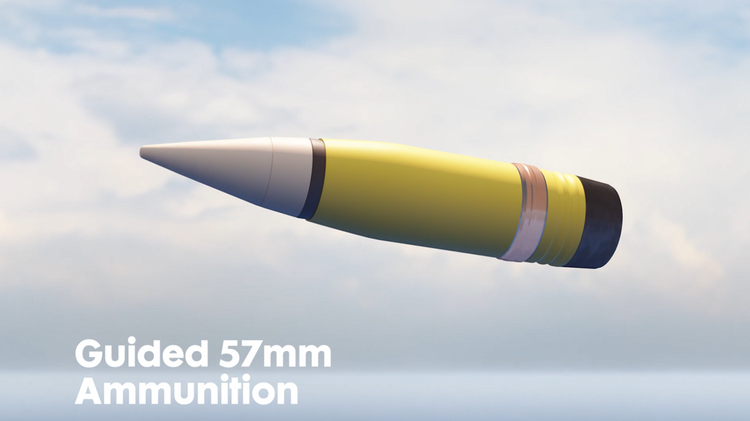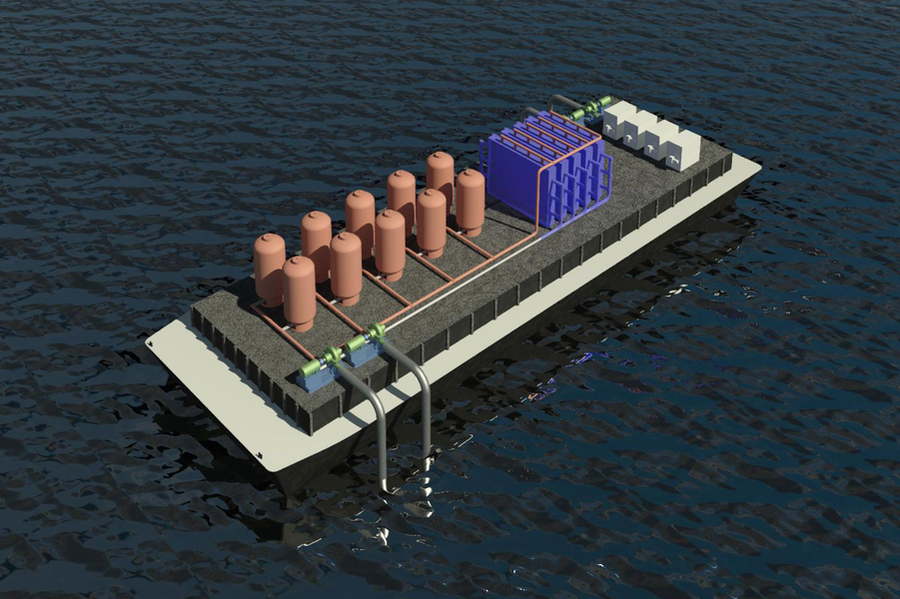The historic Arecibo Observatory featuring the iconic radio telescope in the heart of the Puerto Rican mountains is to be demolished, 57 years after its completion. Arecibo is the world’s largest radio telescope, with a diameter of 304.8 meters (1,000 feet), sitting on an altitude of 498 meters (1,634) that makes it ideal for use in radio astronomy, atmospheric science, and radar astronomy. It was the tool that helped scientists discover the first binary pulsar, the first extrasolar planet, and many nearby asteroids.
Unfortunately, in 2010, Arecibo took a severe beating from the passing of Hurricane Maria, and its operators feared that this event may have weakened the structure. In August 2020, an auxiliary cable snapped, so it became clear that the telescope wasn’t holding well anymore.
And finally, in November, part of the dome structure gave in following the collapse of the main cable, indicating an imminent total collapse. Thus, the decision to demolish it in a controlled and safe manner was taken with heavy heart by the National Park’s board.
When the auxiliary cable snapped in August, the dish suffered some damage from the impact, but there was still hope that the facility was salvageable. Officials tried their best to come up with a viable and quick to implement plan to stabilize the structure at least temporarily.
They ordered two auxiliary cables and two temporary ones, while an investigation on why the old cable slipped was launched, but before these new cables were even installed, the main one snapped, taking any hopes left with it.
The engineers believe that a total collapse is a matter of having one more cable break, and this could happen any time now. When it does, there’s a risk of the main towers toppling over, so nobody is permitted to come close to the area around the dish anymore. Surely, that’s a sad last chapter for the Arecibo Observatory, but we must not forget that 57 years is a long time for structures of this kind.







